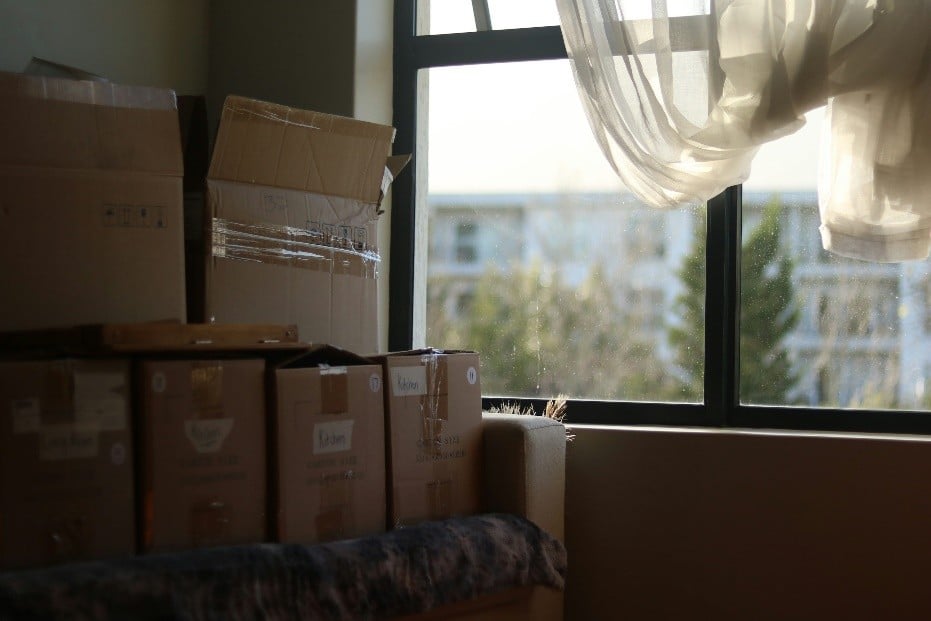
Moving to a new home is an exciting experience that often marks a fresh chapter in life. However, it also comes with a variety of expenses that can quickly add up if not properly planned. Whether you are upgrading to a larger space or relocating for new opportunities, creating an effective budget will help you manage your finances, reduce stress, and ensure that your move goes smoothly.
Proper budgeting requires thoughtful planning, discipline, and an understanding of the true costs involved. By breaking down expenses and organizing them in advance, you can take control of your financial situation and make the transition with confidence.
Exploring Financial Options for a Smoother Move
Before diving into the practical steps of budgeting, it is important to assess your financial position and explore all available options. For many people, especially those purchasing a home, working with a mortgage lender can help determine realistic financial limits and monthly commitments.
Understanding how much you can comfortably afford will set the foundation for your entire moving plan. If you are renting, reviewing your income and savings will help you decide what portion to allocate for rent, deposits, and other moving-related costs.
It is also helpful to build an emergency fund before your move. Even with careful planning, unexpected expenses may arise, such as minor repairs, new furnishings, or temporary accommodations. Having a financial cushion prevents these situations from disrupting your main budget. Consider reviewing your credit and ensuring that your financial records are in good standing before making any major commitments.
Understanding the Full Scope of Moving Costs
A successful move begins with identifying every possible expense. Moving costs are often more complex than they initially appear. Beyond transportation, packing supplies, and utility connections, there are numerous hidden or easily overlooked costs. These can include storage fees, cleaning services, or professional assistance for heavy or delicate items.
To stay organized, create a detailed list of all anticipated costs. Categorize them into essential and optional expenses. Essential costs may include rental trucks, movers, deposits, and utility setups, while optional ones might include décor, new furniture, or upgraded appliances. By separating these, you can prioritize your spending and adjust if your budget becomes tight.
Additionally, it is wise to compare costs and seek multiple quotes for services such as moving companies or packing assistance. Even small differences can have a significant impact when combined. This approach ensures you are not overspending while maintaining quality and reliability.
Creating a Realistic Moving Budget
Once you have identified your expenses, it is time to create a practical and detailed budget. Start with your total available funds, which include savings, income, or any financial support you may receive. Then, assign estimated costs to each category from your list. It helps to use a spreadsheet or budgeting app to track your numbers accurately.
Be conservative with your estimates. It is better to overestimate slightly than to fall short. Leave room for unexpected costs by setting aside a contingency amount, typically around ten percent of your total budget. This buffer will cover last-minute needs without putting your
finances at risk.
A key part of budgeting effectively is timing. Determine when each expense will occur and plan your payments accordingly. For example, deposits or advance payments for movers often come earlier, while other costs, like furniture or cleaning supplies, may appear later. Spreading expenses out over time will ease the financial pressure and make the process more manageable.
Reducing Costs without Sacrificing Quality
Saving money does not mean compromising on the quality of your move. There are many ways to reduce costs with careful planning and smart decisions. Start by decluttering your current home before the move. The fewer items you have, the less you will spend on packing materials, transportation, and storage. You can sell or donate items you no longer need, which can also bring in extra funds.
Another effective approach is to handle certain tasks yourself. Packing non-fragile items, organizing paperwork, or cleaning your old residence can significantly lower costs. Borrowing boxes or reusable containers from friends or family is another cost-saving method that helps both your budget and the environment.
If you are hiring professional movers, choose flexible moving dates when possible. Moving during off-peak times may offer better rates and greater availability.
Managing Ongoing Expenses After the Move
The financial responsibilities do not end once you arrive at your new home. Settling into a new environment often comes with additional costs, such as utilities, insurance, and minor repairs. To stay financially secure, plan for these recurring expenses ahead of time. Include them in your overall moving budget so that they do not catch you off guard.
It is helpful to review your new household expenses during the first few months. Track your utility bills, groceries, and transportation costs to understand how your spending patterns may have changed. If certain costs are higher than expected, identify areas where you can make adjustments to balance your budget.
Preparing for Long-Term Financial Stability
A move can provide a valuable opportunity to reassess your overall financial habits. Use this period to create a sustainable financial plan that extends beyond the move itself. Start by reviewing your monthly income and recurring expenses to determine where you can save more effectively. Setting automatic transfers to a savings account ensures consistent progress toward your goals.
Maintaining an organized financial system will also make future moves or major purchases easier to manage. Keep records of all moving-related transactions, receipts, and contracts. These documents can serve as references for tax purposes or future planning.
Budgeting effectively for your next big move is about more than just covering immediate costs. It is a process of financial awareness, organization, and adaptability. By planning ahead, exploring financial options, and managing your resources wisely, you can make your transition smoother and more financially secure. Each step you take toward better budgeting brings you closer to achieving not only a successful move but also lasting financial confidence in your new home.
